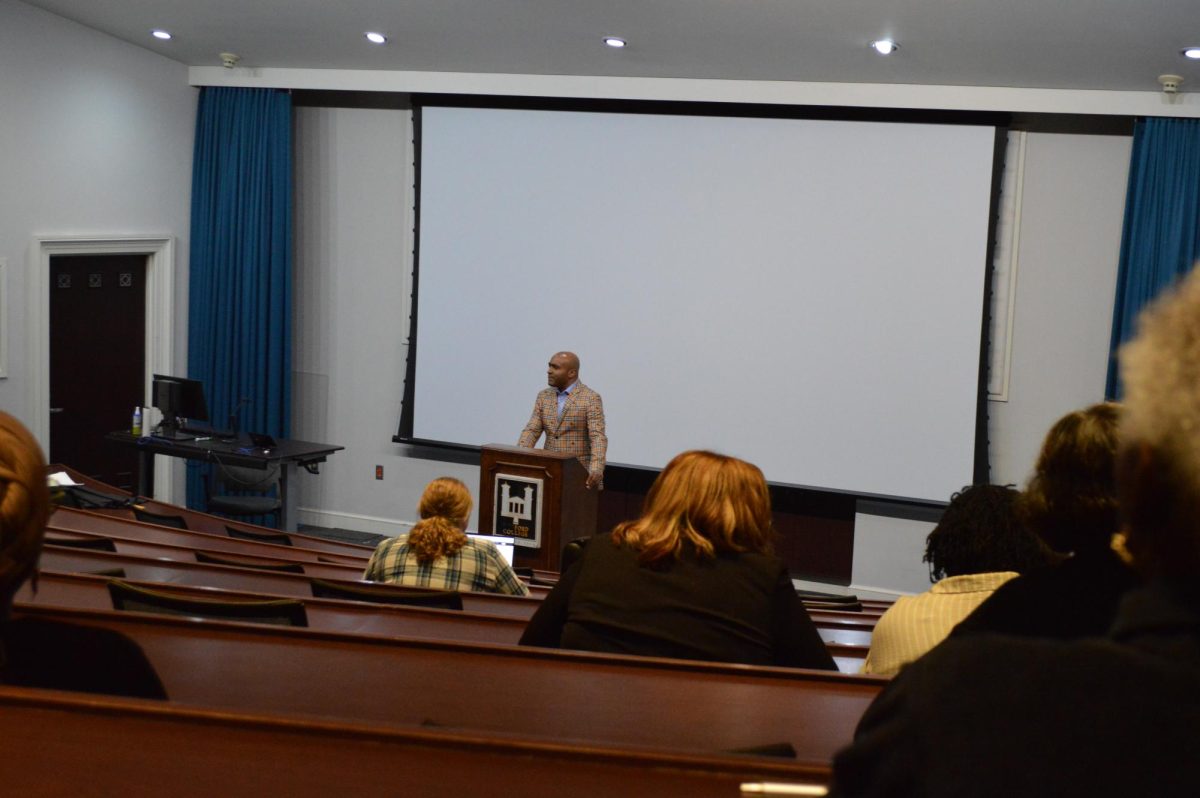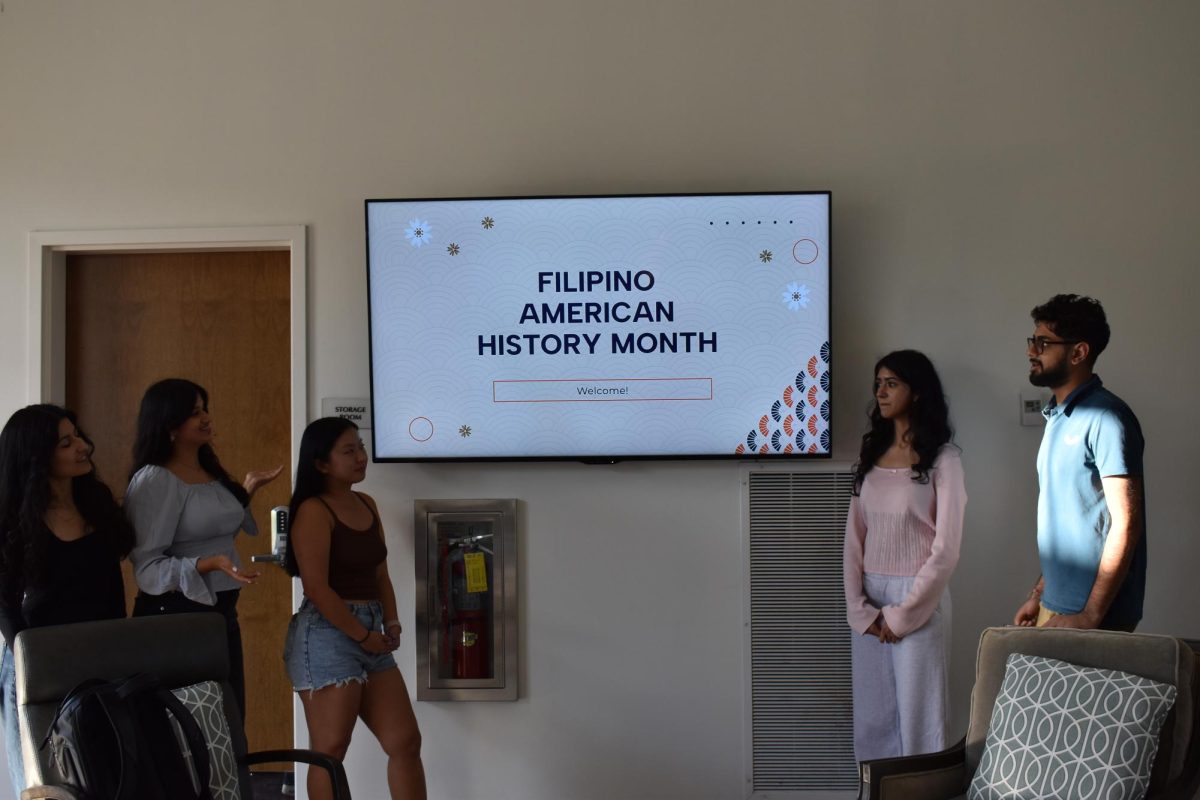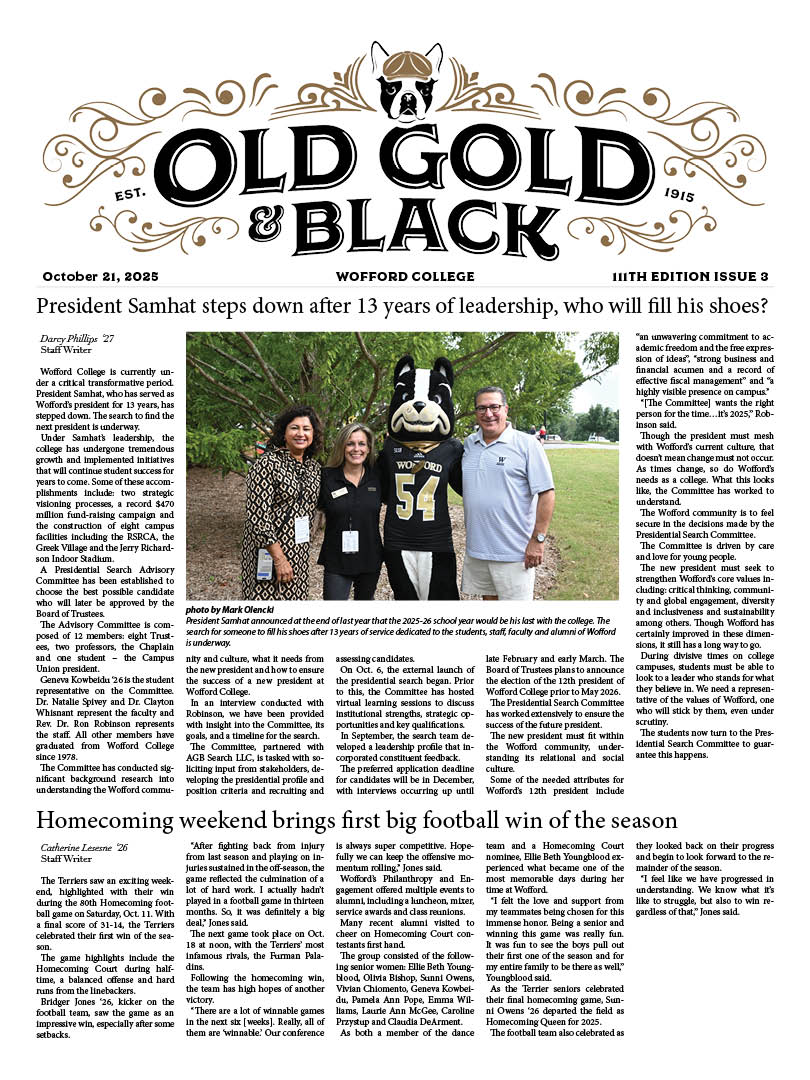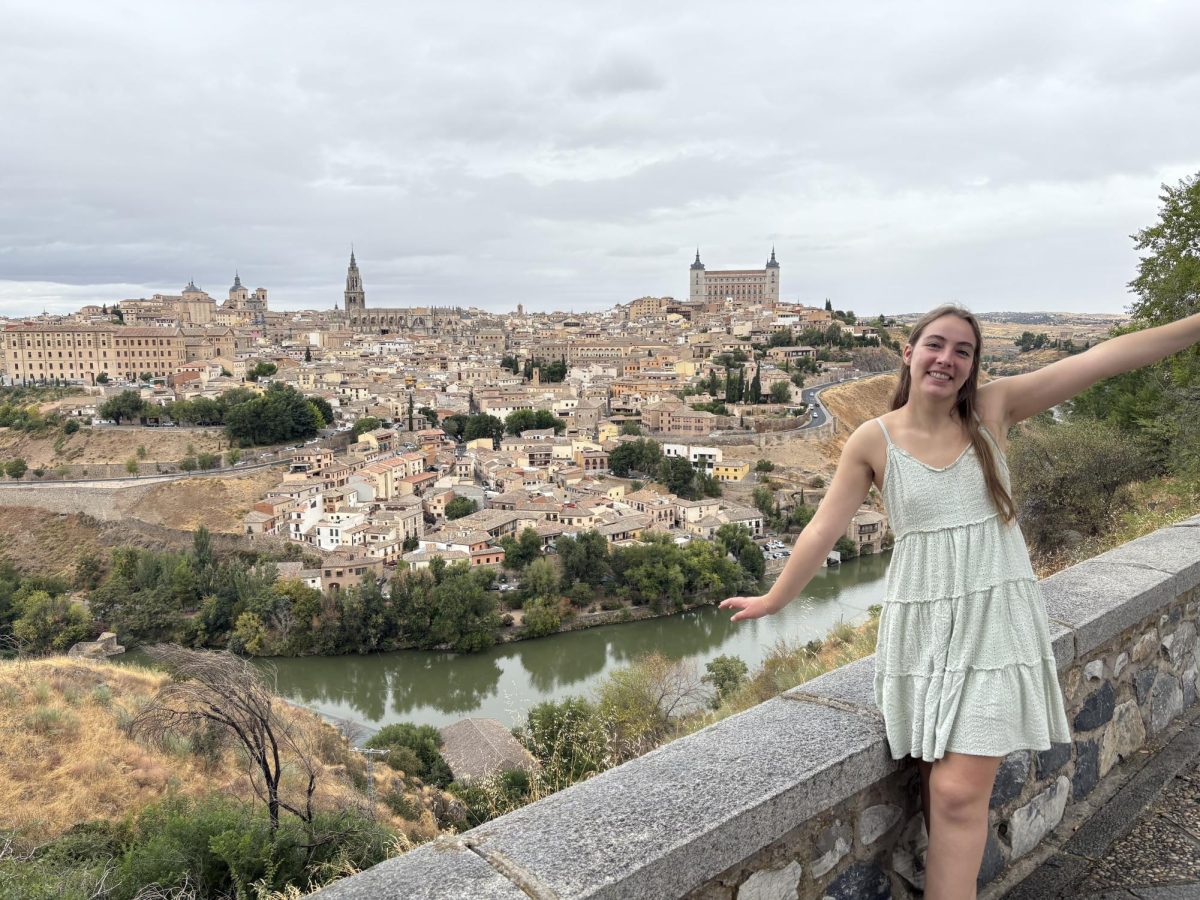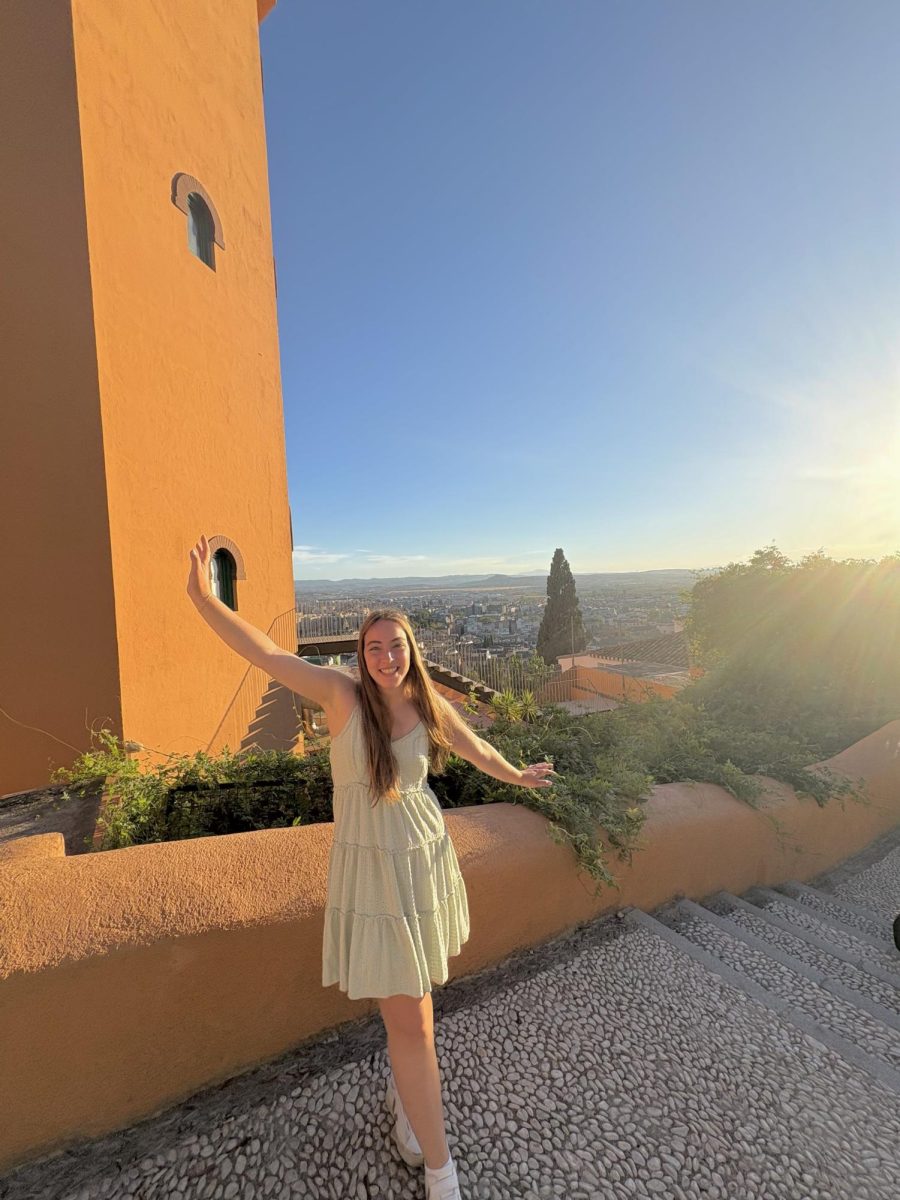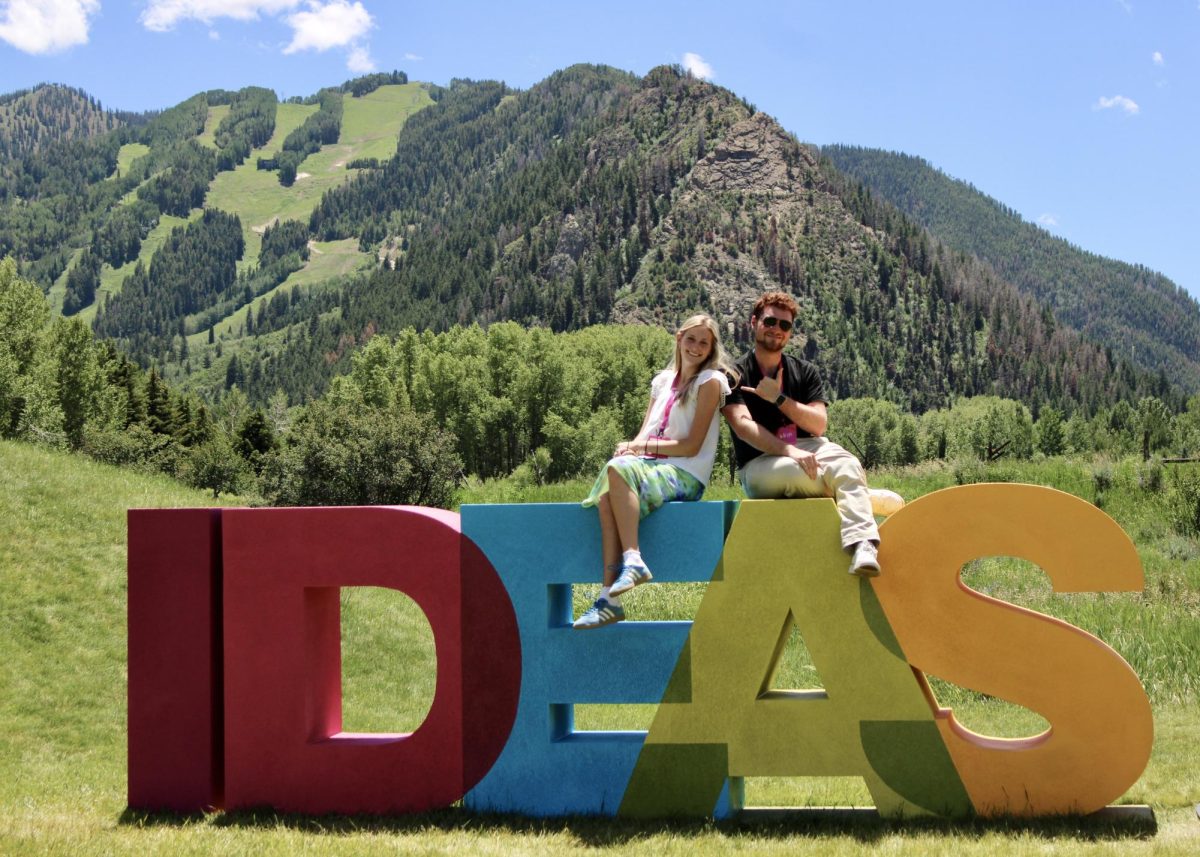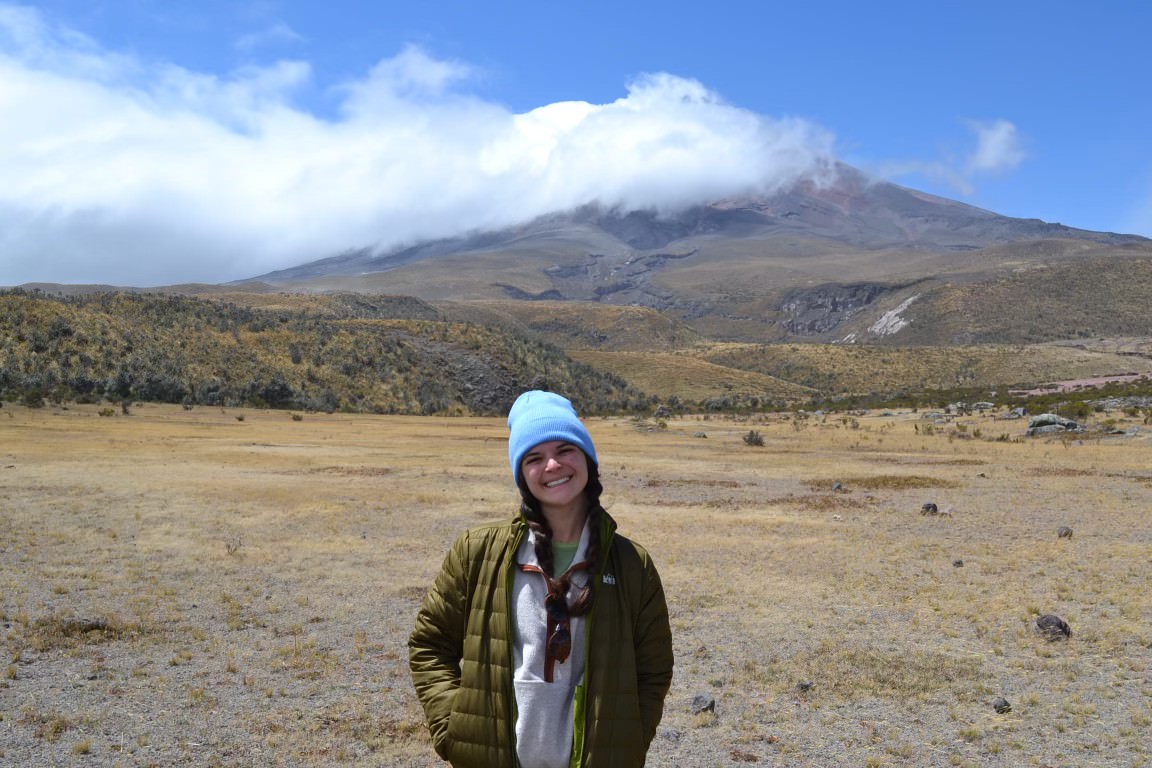Watching Chile’s Ongoing Protests From the Outside
The only accurate word I can think of to describe the feeling of observing the Chilean protests from Nepal is powerless. I spent the first month of my semester abroad studying the painful history of human rights abuses that occurred in Chile under the Augusto Pinochet dictatorship from 1973 to 1990. Chile has never truly acknowledged its past and has done little – if anything—in terms of remediation for the copious crimes committed by the state. It seems almost ironic that I spent four weeks learning about decades of violence and turmoil in Chile, only for the same unrest to explode barely two weeks after my departure. Witnessing the mass protests engulfing the nation while being 10,000 miles away in Nepal has been frustrating to put it mildly. The majority of mainstream media in the United States and abroad did not report on this momentous occasion until the death toll reached double digits, leaving the international community relatively oblivious to the revolutionary events transpiring in Chile. The repression and violence is disturbingly reminiscent of Pinochet’s dictatorship, leaving many Chileans fearful that the country may fall under dictatorial rule once again. I urge you to educate yourself on what’s occurring in Chile beyond this article, and to not be blind to the egregious human rights abuses carried out by the state.
So, what exactly is happening in Chile? During the first week of October the Chilean government announced a fare increase for public transportation in Santiago of a little under four percent. While this may not seem monumental, the cost of living in Santiago is already outrageous. In 2018, half of the Chilean working force made around $550 USD a month; for Chileans who rely on the metro and bus system everyday, the increase would exacerbate already difficult financial circumstances by forcing around $50 USD a month to be spent on transport alone. The increase sparked massive fare evasions in Santiago led by high school students (Chilean high schoolers are notorious for badass protesting). However, as protests soon expanded to the streets, it became quite clear that the demonstrations were about so much more.
Nobody in Chile expected the protests to go from groups of high schoolers jumping the metro turnstile to one million people taking to the streets. Yet, the transportation fare increase was just the icing on the cake of decades of inequality. The former dictator, Pinochet, instituted a neoliberal economic policy in the 1980s that has made Chile shockingly imbalanced. Out of thirty of the wealthiest nations in the world, Chile is ranked number one for income inequality (Gini Index). The neoliberal policies have led to an unlivable minimum wage and privatized healthcare, education and the pension system, and the privatization of natural resources such as water—yes, the water in Chile is owned by corporations and its illegal for individuals to withdraw the water from sources on their own land. All of these issues stem from the neoliberal policies established with support from the United States.
The protests went from fare evasion to violence in the street beginning on October 14th. By the 18th, protestors had launched a campaign of seizing metro stations across Santiago and causing massive infrastructure damage. Chaos ensued as forceful clashes began occurring between protestors and the police and fires erupted around the city. The rioting only intensified during the 19th, including buses being set on fire, supposed looting around the city and increased conflicts with the police. The Chilean police used water cannons, tear gas and rubber bullets on protestors, as images of injured demonstrators began circulating on social media. The President heightened government backlash by imposing a curfew beginning the night of the 19th. By the time the curfew set in, each side of the protest seemed to have strengthened. Thousands chose to defy the curfew and continue protesting in the streets. These individuals were met with the worst government repression seen in Chile since the end of Pinochet’s dictatorship in 1990.
The President had enacted a state of emergency and deployed tens of thousands of military troops onto the streets of Santiago, armed with tanks, guns and riot gear. The violence that followed as protestors in several provinces of Chile defied their curfew left a trail of civilian bodies, some dead, some tortured, some arrested; but the government repression was not enough to quell the protestors. While the United States media remained silent on Chile, the protests continued to grow in response to the militarized state of Santiago. As the city literally burned and the death toll continued to rise into a second week of protesting, it became clear that the wounds of the Chilean dictatorship are still fresh in many minds. The images of thousands of riot police administering tear gas and firing shots on civilians evokes the pain and devastation from thirty years ago. Yet these images fuel many protestors, as the vow against a return to totalitarianism became a rallying cry for protestors throughout the country.
At the time this article is being written, it has been over two weeks since the start of protests and Chileans have not given up. Piñera did rescind the transportation increase, as well as fire several prominent members of his cabinet. But the extreme use of force and lack of legitimate change has left protestors calling for his resignation. This was one of many demands present at the largest ever march held in Chile October 25th. Over one million people flooded the streets, demanding reforms in education, the pension system, healthcare, minimum wage, and other causes of Chile’s inequality. It appears that, until Piñera makes meaningful change—and addresses the various human rights abuses that took place under his command that left nearly two dozen dead—in the eyes of the Chilean people, nationwide protests will continue.
The hardest part of witnessing the ongoing movement from Nepal has been the constant worry for my friends in Chile. I was lucky during my time in Santiago and Curarrehue to meet so many amazing people. Sebastian, Soledad, Valeria, Enrique, David, Pablo, Daniela; everyday I feared for their safety as I watched people being shot in the streets from their social media. Seeing buildings I walked past everyday to school go up in flames was surreal and left me feeling powerless to do anything.
However, I’m not powerless. In fact, as the world wakes up to Chile’s revolution, people around the world are finding ways to take action. There have been protests for Chile in New York, in Italy, New Zealand, and other countries internationally. You don’t have to organize a protest to be involved. My friends fighting in the streets in Chile have shared that one of the most helpful things people can do is to share Chile’s story on social media. The more international pressure that is put on Chile’s government, even through social media platforms, the better. The United Nations Commission on Human Rights couldn’t ignore the viral videos of riot police beating protestors or of the military shooting innocent civilians, and the Commission has deployed a mission to investigate claims of human rights abuses. As Chileans fight for a more equitable and just society, the world cannot look the other way, but must instead stand in solidarity.


